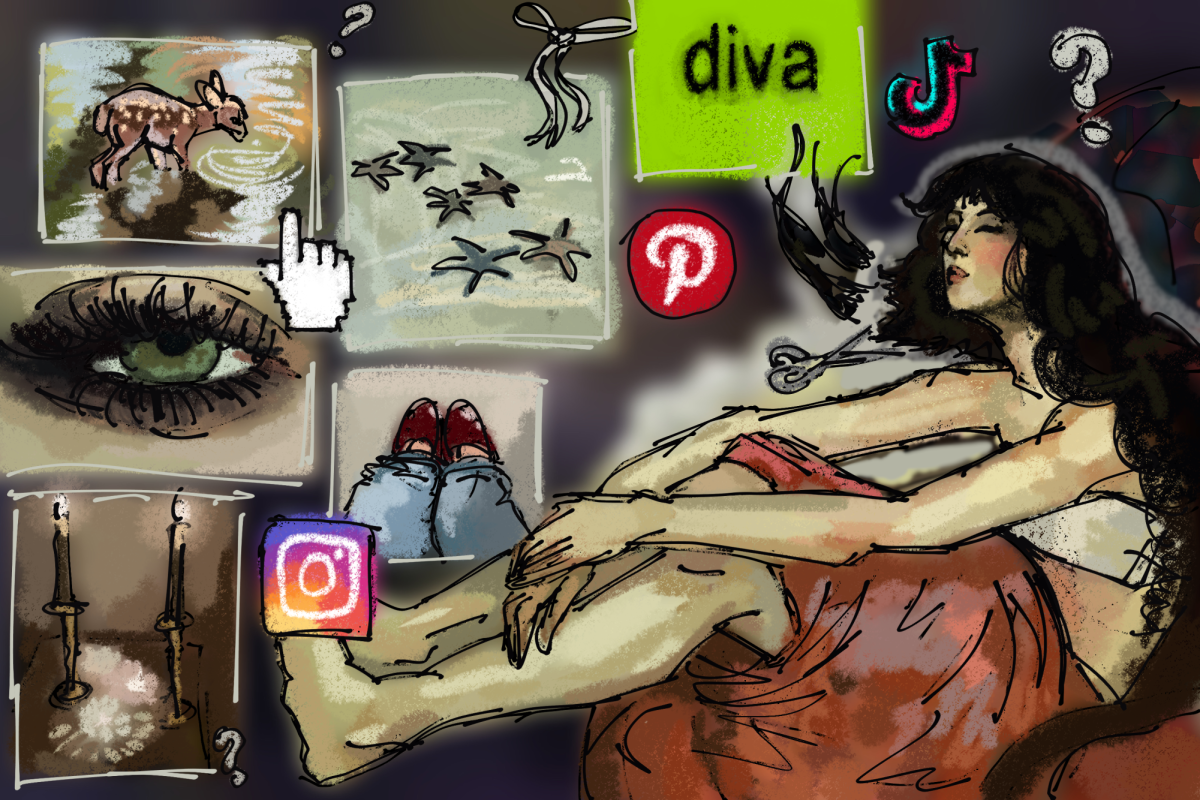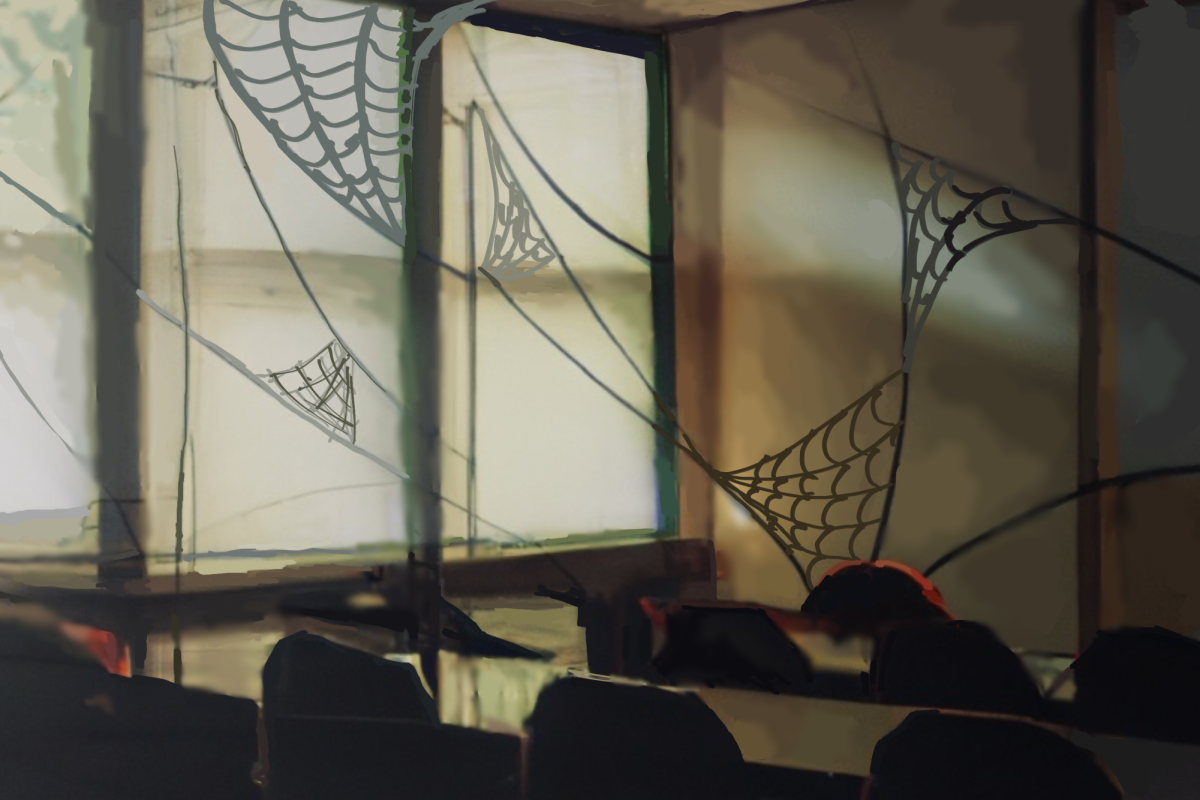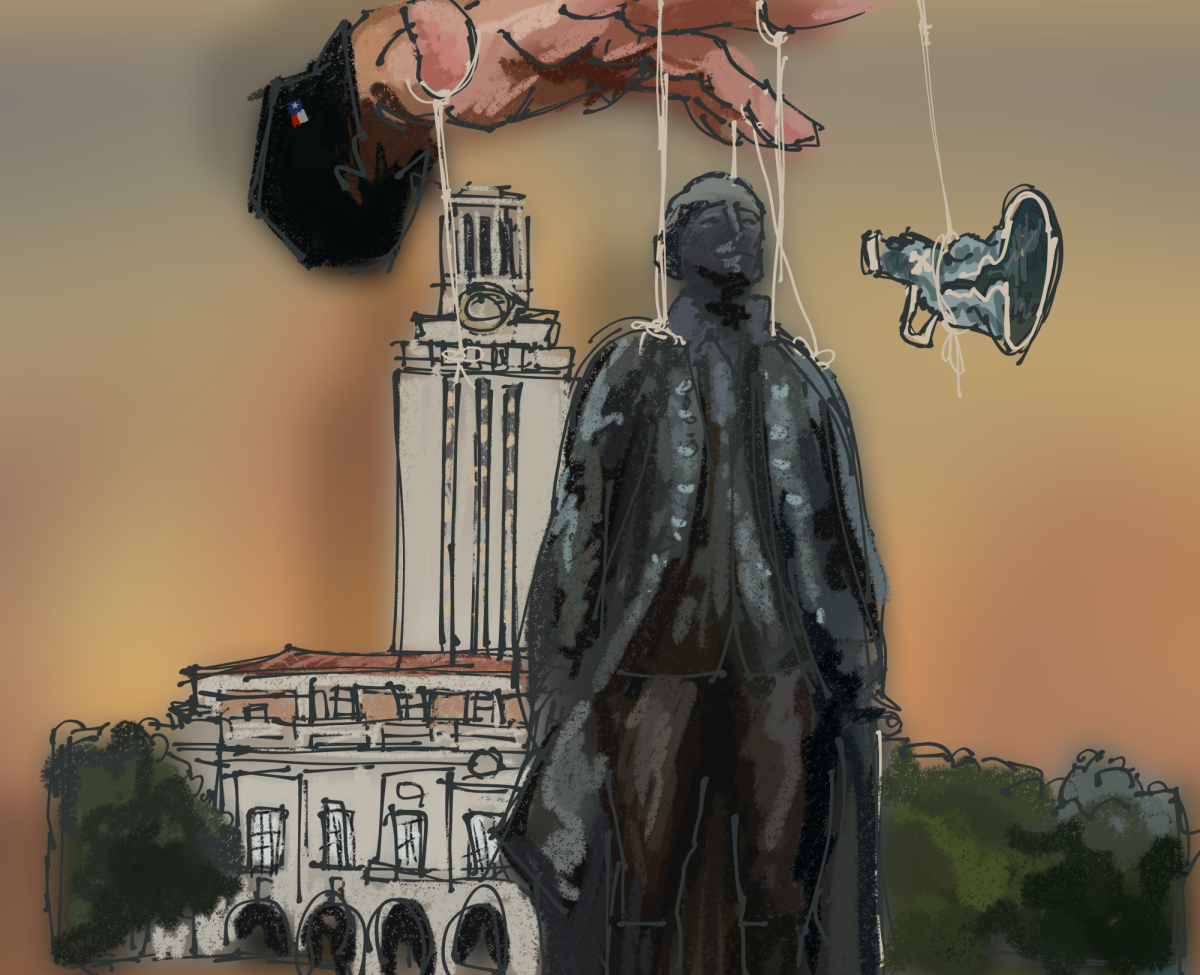Batlanki is a neuroscience sophomore from Flower Mound. Follow him on Twitter @RohanBatlanki.
Picture the opening of any ’80s highschool drama. Recall how the camera pans across all the cliques — the jocks, the cheerleaders, the goths, the skaters. Don’t just read the words. Seriously. Picture it. Did each of your envisioned social groups accurately represent the demographics of the U.S? Mine didn’t either. So where are all the minorities?
Hidden within their own very necessary, albeit highly criticized, socio-ethnic enclaves. As the exercise proved, social groupings are forever a part of the settings in which young people find themselves. These designations help young people find like-minded individuals with whom they can grow, giving them a sense of belonging in which they can find comfort.
But how do adolescents from minority backgrounds, who have already grown into a society that inadvertently makes them feel other, find a group that can resonate with their own backgrounds and pop-cultural proclivities? In response to this weighty question, minority students on college campuses have formed their own variant of “ethnic enclaves,” giving rise to organizations such as Black/South Asian/Asian fraternities, sororities, activity groups, and cultural associations.
Former UT Nach Baliye dancer and UT Indian Cultural Association membership director Ayushi Sharma explains, “At home you’re always surrounded by your culture, but being in a place where you’re thrown out to so many different people it’s harder to feel comfortable. ICA and Nach Baliye were my way of making UT home.”
Critics of this phenomenon argue that it’s an act of self-segregation. In purportedly, diverse environments, these enclaves only seem to propagate a feeling of ‘us’ versus ‘them’. These critics fail to recognize that such enclaves actually help students identify with their counterparts in parallel social spheres.
To these critics, Dr. Sharmila Rudrappa, the Director of the Center for Asian American Studies would counter, “Coming to a university like UT, they [students] find a racial identity. In that sense, these kind of spaces help students understand the kinds of commonalities we have. I think it’s not self-segregation that’s going on, but a particular kind of self-discovery that leads to an understanding of who we are as Americans.”
Gradual assimilation is the best way for students to intermingle and exchange cultural ideas. A great example of this is the “Tri-Fam” alliance between the fraternities Omega Phi Gamma (OPG) and Delta Epsilon Psi (DEPsi) and sorority Sigma Phi Omega (SPO). Both fraternities are national fraternities founded at UT through the help of the sisters of SPO.
OPG brother Shen Tan agrees. “I found people who share my background through the Omegas,” Tan said. “And as I developed, I was able to find people from different backgrounds that I relate to like some of my tri-fam brothers from DEPsi.”
Ethnic enclaves are nothing new, and neither are their ensuing criticisms. But to those who find themselves a part of such an environment, it's an invaluable part of personal growth. Individuals align themselves in their respective niche in these safe spaces where they feel more understood by their peers. Enclaves allow students to retain their uniqueness and not drown in forced assimilation. After establishing themselves, they are better suited to seek out peers who match their personal interests rather than their backgrounds.
These relationships between analogs build more on personal interests than backgrounds. In this way, cultural exchanges are primed to form organically. Universities must encourage development of these safe spaces if they seek to become truly diverse.





















